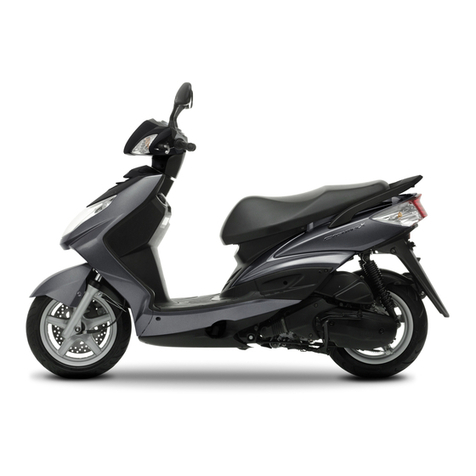Yamaha YP250R 2005 User manual
Other Yamaha Scooter manuals

Yamaha
Yamaha Zuma YW125B User manual
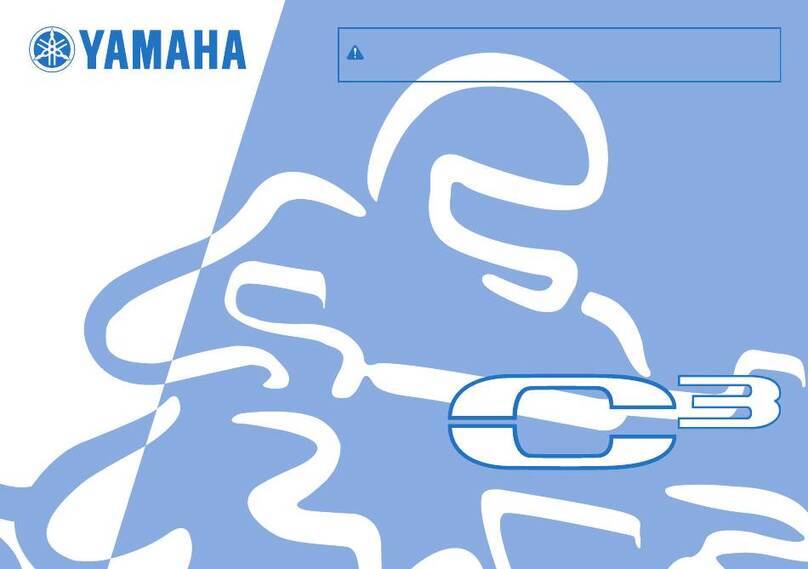
Yamaha
Yamaha C3 2010 User manual
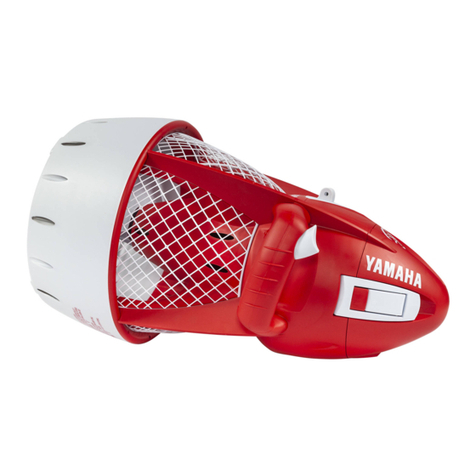
Yamaha
Yamaha Seascooter Scout User manual

Yamaha
Yamaha MAJESTY YP250 User manual

Yamaha
Yamaha NEO'S 4 2008 User manual

Yamaha
Yamaha MAJESTY YP250 User manual
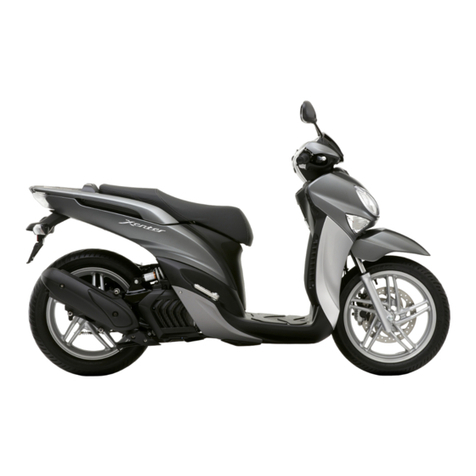
Yamaha
Yamaha xenter HW125 User manual
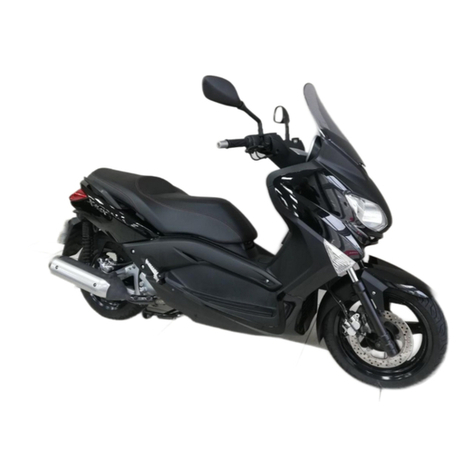
Yamaha
Yamaha XMAX YP250R User manual

Yamaha
Yamaha BWS CW50 User manual
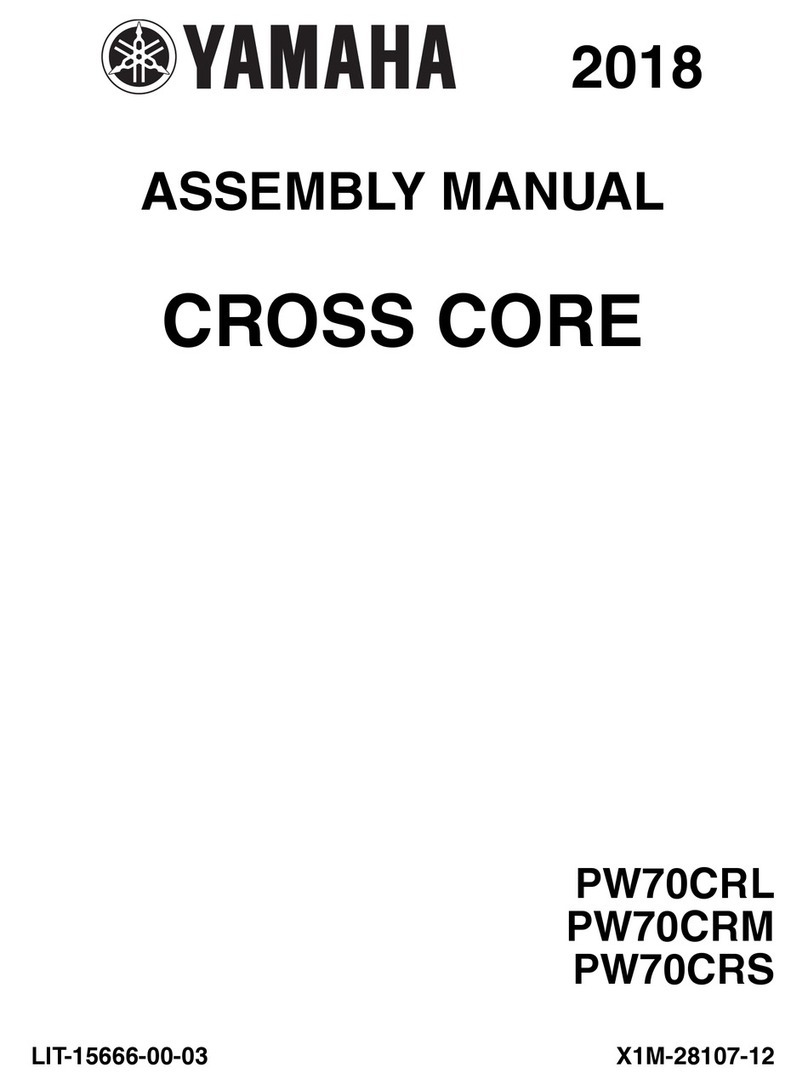
Yamaha
Yamaha CROSS CORE 2018 User manual

Yamaha
Yamaha XF50W User manual

Yamaha
Yamaha VINO XC50V User manual
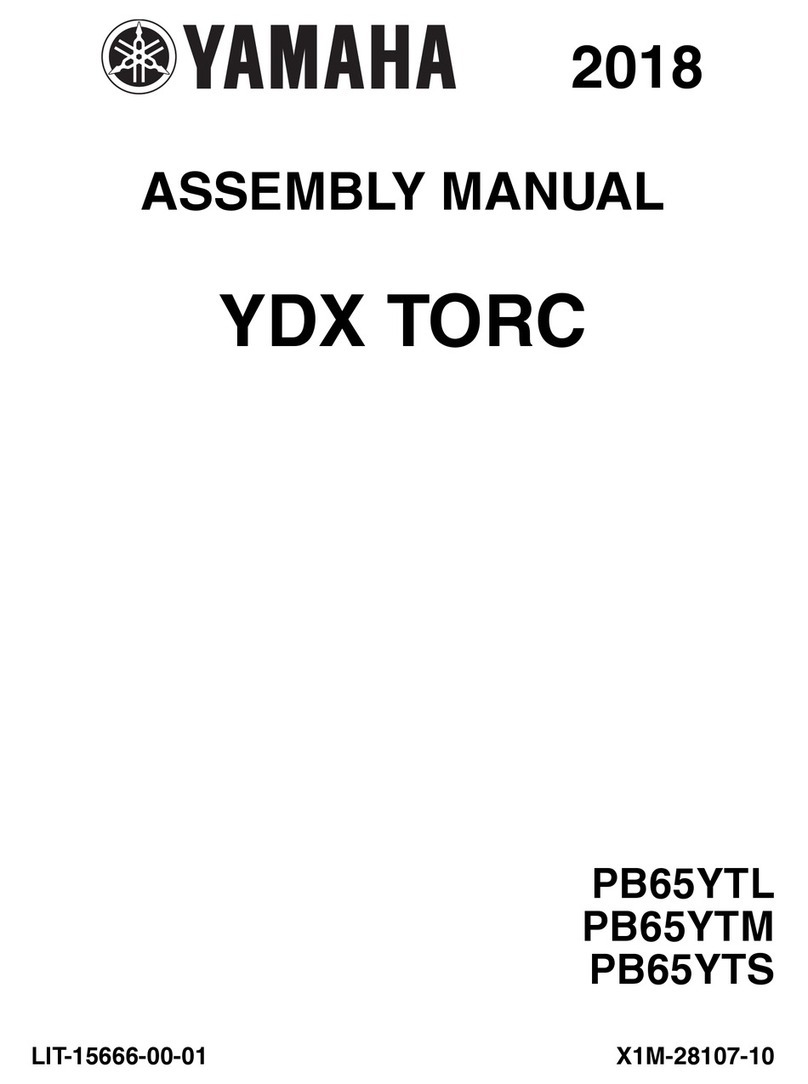
Yamaha
Yamaha YDX TORC PB65YTL User manual

Yamaha
Yamaha XCITY VP250 User manual

Yamaha
Yamaha XCITY VP125 User manual
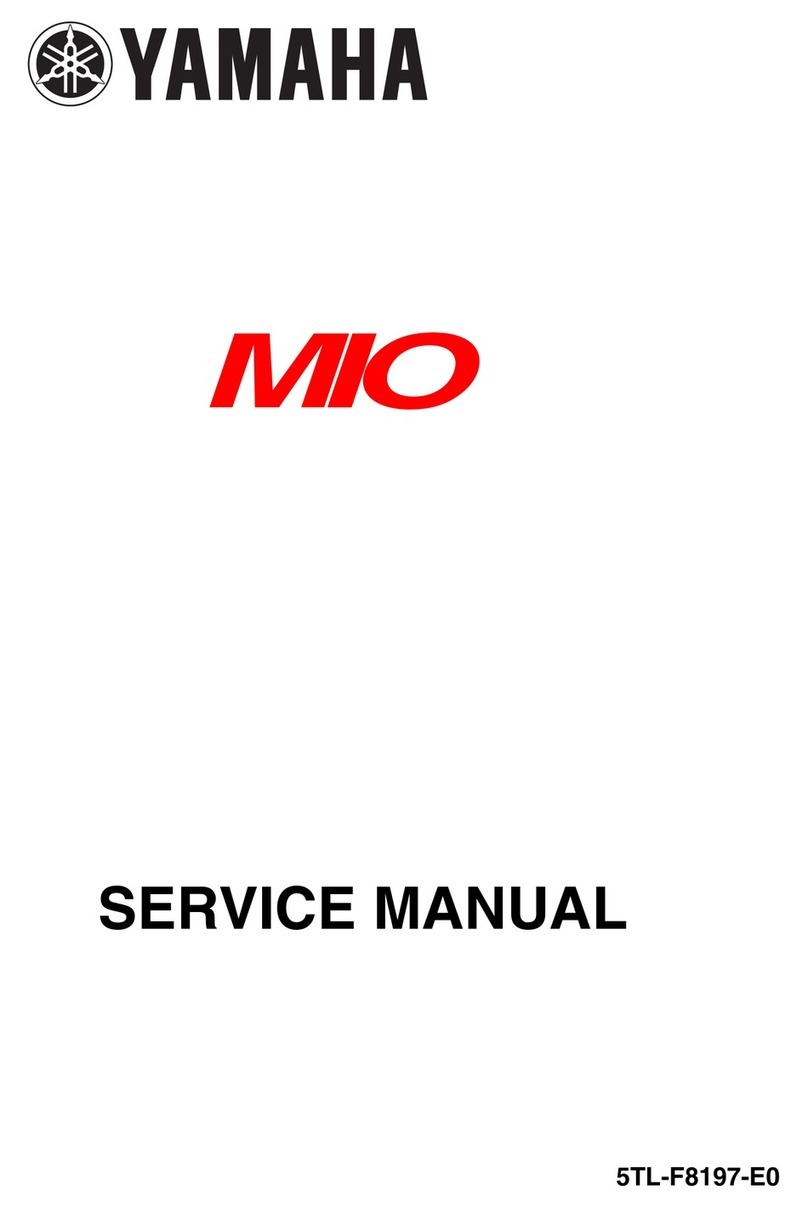
Yamaha
Yamaha Mio User manual

Yamaha
Yamaha XP500 User manual
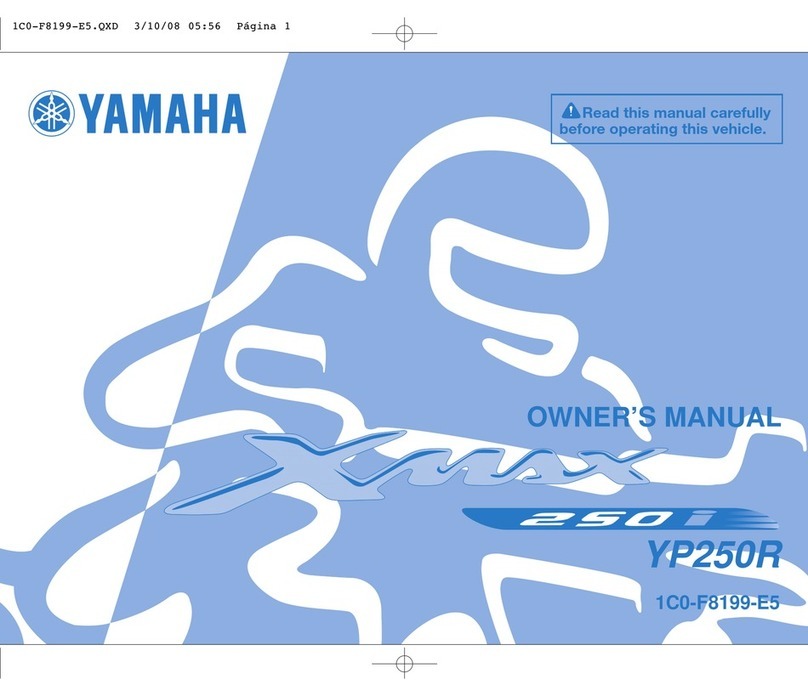
Yamaha
Yamaha XMAX YP250R User manual

Yamaha
Yamaha Morphous CP250W User manual

Yamaha
Yamaha XP500 User manual
